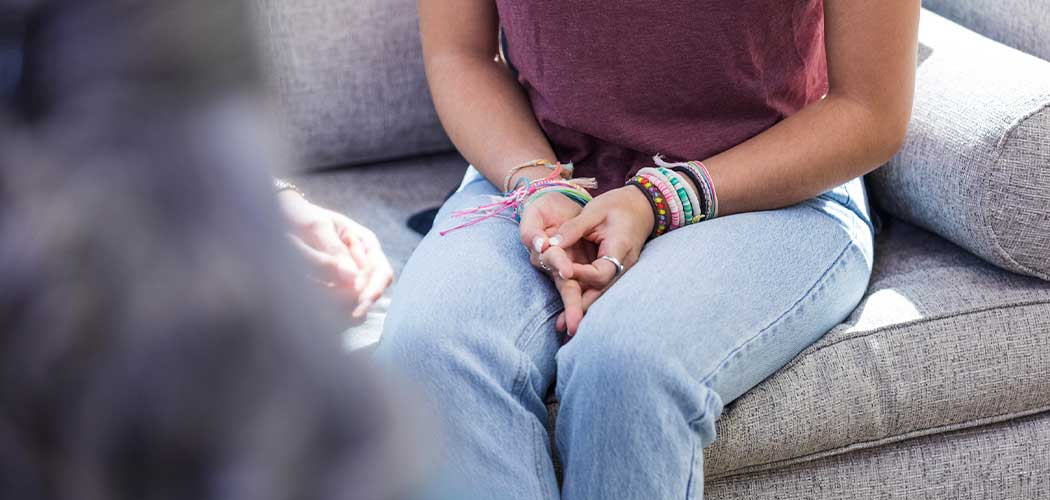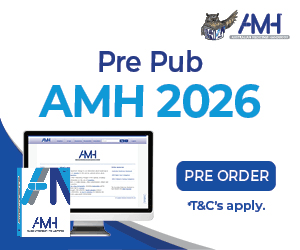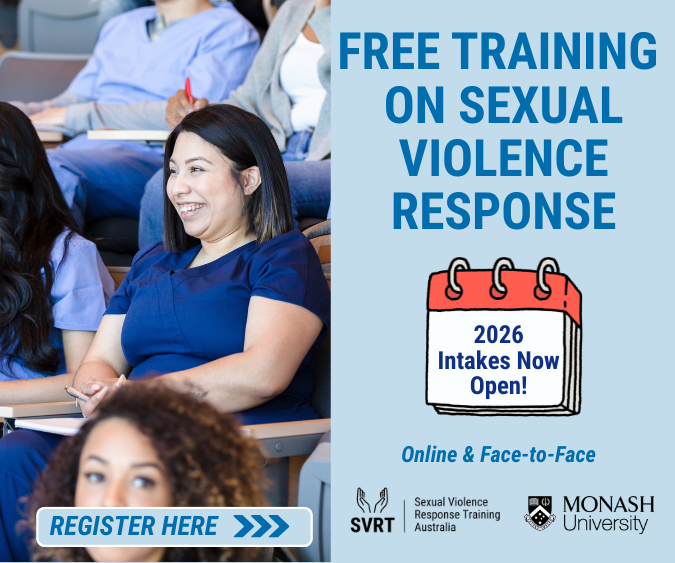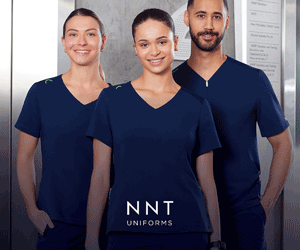Australia’s first national action plan for the health and wellbeing of LGBTIQA+ people along with investment of $15.5 million has been hailed as long overdue by clinicians working in the field.
LGBTIQA+ people are twice as likely to experience poor health, which research shows is directly related to experiences of stigma, prejudice, discrimination and abuse on the basis of being LGBTIQA+.
“They’re a community that have the most stigmatisation and the lowest socioeconomically disadvantaged group of people in Australia,” said nurse practitioner Toni Slotnes O’Brien, who co-founded the Transgender and Gender Diversity healthcare clinic at the UniSA City West Health Clinic in Adelaide.
“There’s two GPS in South Australia and myself, and we’re the only ones that take new patients for gender affirming care. I’ve closed my books now because I’ve got 280 patients with many more on the wait list. They have to go mainstream and hope the GP or nurse practitioner they see is going to refer them into the adult public gender clinic and then they have to wait two to three years.”
National Action Plan
It is hoped Australia’s first 10-Year National Action Plan for the Health and Wellbeing of LGBTIQA+ People (Action Plan), the result of over eight years of advocacy by the LGBTIQA+ community and health organisations, will help address systemic inequities and improve health outcomes for LGBTIQA+ people across Australia.
The Action Plan was developed through consultation and engagement with LGBTIQA+ people, LGBTIQA+ community-controlled organisations, healthcare providers, and researchers. It establishes a strategic framework and covers critical areas of mental health, prevention, improving health literacy, championing diversity and supporting inclusive models of care.
Importantly, the plan recognises people’s right to make decisions about their own bodies, ensures safe and autonomous access to care, said LGBTIQ+ Health Australia (LHA), the national peak body for LGBTIQ+ health and wellbeing CEO, Nicky Bath. “The action plan sets out a clear path to drive system-wide cultural and practical change and ensure LGBTIQA+ people are recognised as priority populations.”
Gender inclusive education
The action plan includes building a pipeline of culturally safe and inclusive health and wellbeing workers and upskilling the existing workforce to ensure responsive and safe care.
Educating healthcare clinicians on what it means to be transgender and gender diverse is really important, said Ms Slotnes O’Brien. “A lot of what I do is reintroduce people back into the healthcare system because they just disengage completely. A lot of trauma they experience trying to access healthcare happens in primary care.
“It’s not only having a lack of knowledge, but sometimes it’s having an opinion on something and that influences the way they [health practitioners] deliver healthcare. People are not getting referred to where they need to go, people are being denied a pathology form to check their hormone levels. Regardless of what your opinion is, you should still refer to someone that’s willing to provide healthcare even if you don’t have an understanding of what is required.”
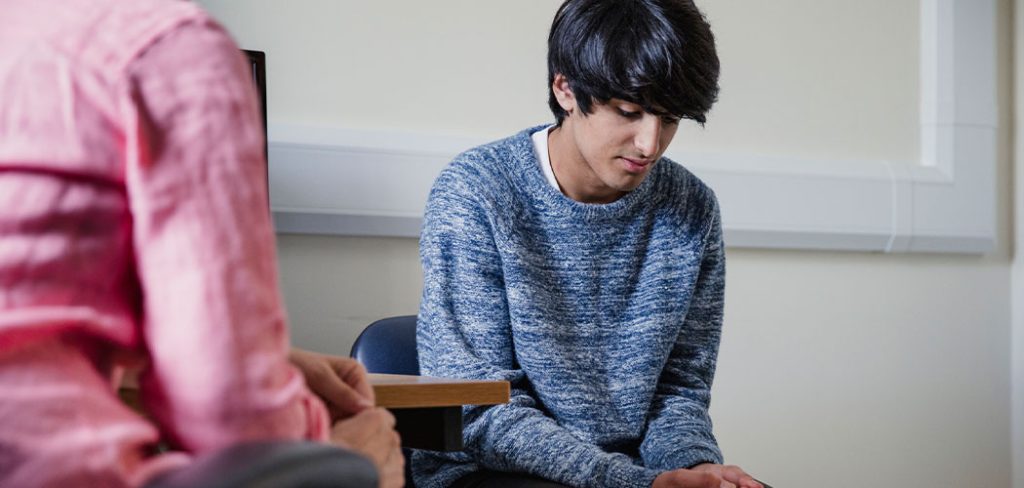
The Royal Australian College of GPs (RACGP) has endorsed the national plan, affirming that GPs have a key role to play in providing safe, respectful and inclusive care for the LGBTIQA+ community.
“We look forward to working with the government and LGBTIQA+ communities to implement the plan and ensure the future of general practice care is inclusive, high quality and free from discrimination,” said RACGP President Dr Michael Wright.
Likewise, the Australian Medical Association (AMA) has welcomed the national action plan, recognising that “people who are LGBTQIASB+ thrive in healthcare environments where they feel safe, affirmed, respected and understood,” said AMA President Dr Danielle McMullen.
“The principles of patient-centred care, consent, non-discrimination, bodily autonomy, and respect are central to healthcare for people who are LGBTQIASB+,” Dr McMullen said.
GPs have asked for guidance around where to go and where to turn in the provision of gender-affirming care, says Ms Slotnes-O’Brien, who argues for gender inclusiveness education in university curriculum. “It’s part of our accreditation requirements to have courses that are culturally competent, and we also need courses that are gender inclusive as well.”
“Medical students who have sat in my clinic tell me they’ve got a paragraph in the curriculum on transgender and gender diversity. They’re not getting education from the ground up in their medical curriculum. The nursing curriculum is improving, but there needs to be more education to health practitioners in general.”
Ongoing funding
Some criticism has emerged from the sector calling for greater funding to be attached to the action plan. “The associated funding of $15.5 million is woefully inadequate, especially for a ten-year plan,” said Just Equal Australia spokesperson Rodney Croome.
The $15.5 million announced by the government would not be enough to address the poorer health outcomes of LGBTIQA+ Australians, and the prejudice and stigma that cause these outcomes, he said.
LGBTIQA+ community and health organisations concur the action plan’s success will depend on sustained resourcing, accountability, and long-term collaboration with LGBTIQA+ people and their organisations.
Path forward
“We know this plan is not a magic wand that will fix everything overnight,” said Ms Bath who said the plan provides the much-needed levers to work with and holds up the critical work undertaken by LGBTIQA+ community–controlled organisations.
“Importantly, the Action Plan provides a mechanism to collaborate with governments across Australia to remove the health disparities experienced by LGBTIQA+ people and communities in Australia.”
View the National Action Plan for the Health and Wellbeing of LGBTIQA+ People here


